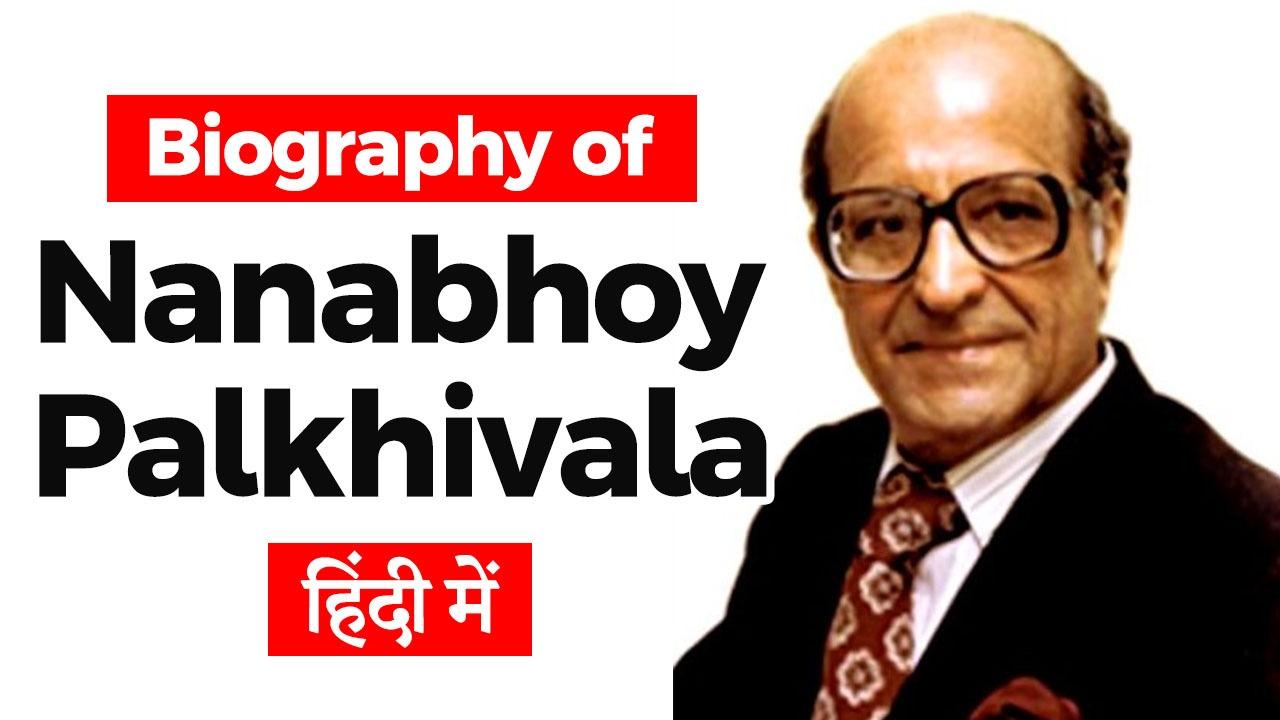Table of Contents
EARLY LIFE
- Nani Palkhivala was born in 1920 in Bombay to middle-class Parsi parents.
- He was educated at Masters Tutorial High School, and later at St. Xavier’s College, both in Bombay. He was a dedicated scholar and excelled even though he was hampered by a bad stammer. At college, he earned a master’s degree in English literature and thus,overcame his speech impediment.
- Upon graduating, Palkhivala applied for a position as lecturer at Bombay University, but was not awarded the post.It being late in the term, most courses were closed, and he enrolled at Government Law College, Bombay.
ENTRY TO THE BAR
- Nani Palkhivala was called to the bar in 1946 and served in the chambers of the legendary Sir Jamshedji Behramji Kangain Bombay.
- His excellent court craft and an extraordinary ability to recall barely known facts rendered him an irresistible force. N Palkhivala initial forté was commercial and tax law.
- Together with Sir Jamshedji, he authored what was then and still is today an authoritative work: The Law and Practice of Income Tax.
LANDMARK CASES
- Palkhivala’s first participation in a case of constitutional significance occurred in 1951, where he served as junior counsel in the case Nusserwanji Balsara vs. State of Bombay [(1951) assisting the esteemed Sir Noshirwan Engineer in challenging several provisions of the Bombay Prohibition Act.
- By 1954, barely 10 years after his admission to the bar, Palkhivala was arguing before the Supreme Court. It was in his first case before this court (concerning the interpretation of Article 29(2) and Article 30 of the Indian Constitution, which regulate the rights of religious minorities) that he articulated his (later) famous statements on the inviolate nature of the constitution.
LANDMARK CASES
- The culmination of Palkhivala’s success before the Supreme Court came in the famous Kesavananda Bharati vs. The State of Kerala case.
- The Ninth Schedule was created with the primary objective of preventing the judiciary – which upheld the citizens’ right to property on several occasions – from derailing the Nehru government’s agenda for land reform, but it outlived its original purpose.
- In the now famous ruling, on 24 April 1973, a Special Bench comprising 13 Judges of the Supreme Court of India ruled by a majority of 7–6, that Article 368 of the Constitution “does not enable Parliament to alter the basic structure or framework of the Constitution.”
RIGHTS
- In 1975, shortly after the imposition of the Indian Emergency, a bench of 5 judges was hastily assembled, and presided over by Chief Justice A.N. Ray to determine the degree to which amendments installed by the government of Indira Gandhi were restricted by the Basic Structure theory.
- On 10 and 11 November, the team of civil libertarian barristers – led by Palkhivala – continuously argued against the Union government’s application for reconsideration of the Kesavananda decision.
- Seven years later, in Minerva Mills Ltd. v. Union of India, [(1980) 3 SCC 625], Palkhivala successfully moved the bench to declare that clause (4) of Article 368 of the Constitution which excludes judicial review of constitutional amendments was unconstitutional.
DEATH
- He was a strong proponent of the rights of freedom of expression and freedom of the press. In the last years of his life, Nani Palkhivala was severely affected by what may have been Alzheimer’s disease.
- Nani was taken critically ill on 7 December 2002, and taken to Jaslok Hospital in Mumbai. He died on 11 December 2002. He was 82.
Latest Burning Issues | Free PDF






















 WhatsApp
WhatsApp